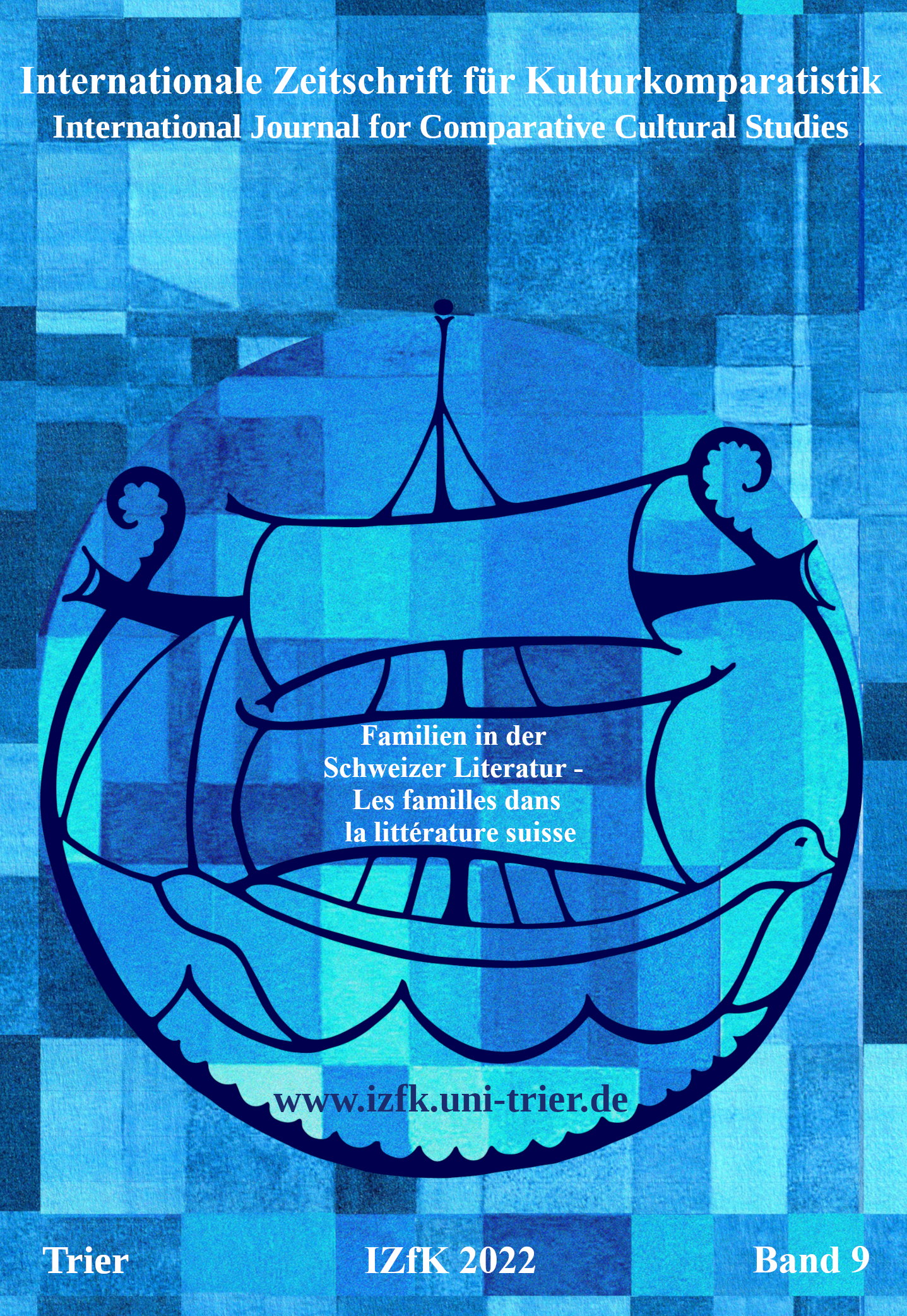Zum Bild der Familie in Hansjörg Schneiders Kriminalroman „Hunkelers Geheimnis“ im Kontext der Schweizer Flüchtlingspolitik in der Zeit des Nationalsozialismus
Hauptsächlicher Artikelinhalt
Abstract
This article focuses on detective novel „Hunkelers Geheimnis“ [“Hunkeler’s secret”] (2015), the ninth Peter Hunkeler novel by Swiss-German author Hansjörg Schneider (b. 1938). It sets out to treat in detail the image of the family relevant to this novel with regard to the characters of the perpetrator and murder victim, and to situate them in the historical context. Upon interpreting the text, the author of the present article draws not only on the attendant literature, but also on an interview conducted with the novelist in the form of letters. In the first part, the question of what role the motif of the family plays in the classic and post-classic crime novel, especially from German-speaking Switzerland, is explored. The presentation of the plot structure is followed by an analysis and interpretation of the event leading to a puzzling murder, which reflects Switzerland’s refugee policy during the Nazi period. The fourth part pays heed to the historical context of the event as well as Schneider’s interdiscursive work with specialised literature and historical sources. In the next part, attention is drawn to blurring the line between victim and perpetrator. The last part examines the detective’s family.

